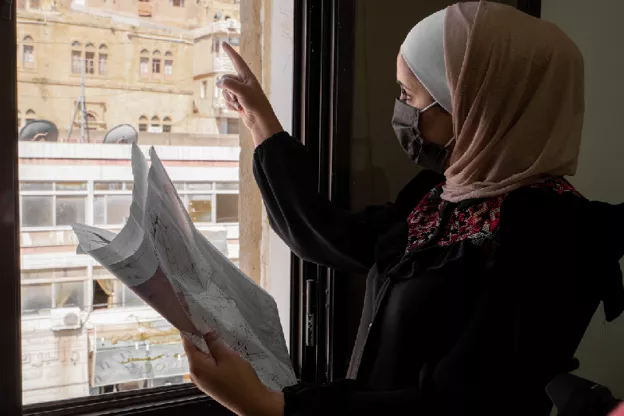Evidence and Learning
USAID aims to increase the role that evidence and learning play in DRG decision-making and to advance a culture of learning within the DRG sector
USAID aims to increase the role that evidence and learning play in democracy, human rights, and governance (DRG) decision-making and to advance a culture of learning within the DRG sector. Learning is an ongoing, multi-method process of generating, curating, and utilizing knowledge and evidence to improve the effectiveness of USAID DRG assistance.
USAID DRG programs represent a significant global investment whose effectiveness is improved via rigorous monitoring, evaluation, and learning. Given the wide array of technical approaches in the USAID DRG portfolio and the varied and dynamic country contexts where USAID works, the need for learning and adapting is continuous to achieve DRG outcomes, and the following principles guide our work:
- Evidence should be used.
- Learning should be generated using a variety of research methods and "best-fit" approaches.
- For all methods, there should be excellence in their application.
- DRG learning is most effective when it draws on diverse academic fields, cultural perspectives, and national/regional experiences.
June was Metrics month! We have added evidence & learning resources shared throughout the month to this page:
- DRG Learning Digest Democracy Metrics 2024: Soul Searching Amidst Decline
- Facty Fridays:
- Events:
- Do People Do What They Say They Will Do? Comparing Survey and Experiential Measures of Anti-Corruption Voting
- DRG Learning CoP: Building Better Government Programs with Evidence-Based Research
- Women's Political Participation and Leadership Assessment Launch
- Attitudes Towards Same-Sex Relationships in Africa 2014-2023: Any Noticeable Shifts or Just More of the Same?
Check out the Evidence and Learning 2024 Monthly Themes:

-
-
-
-
Article
2023 DRG Annual Learning Forum
-
Research
2021-23 DRG Learning Agenda Overview

